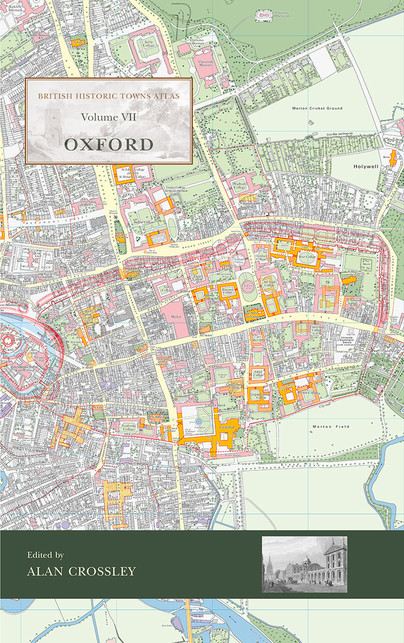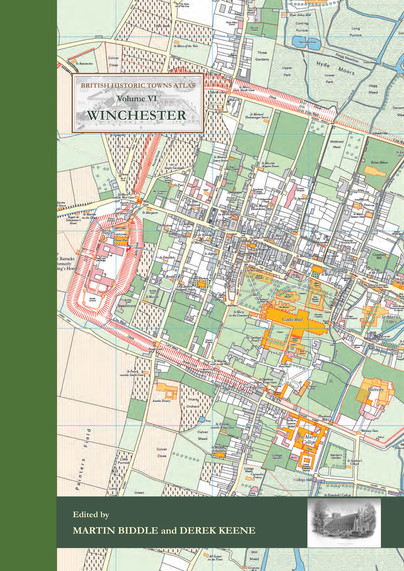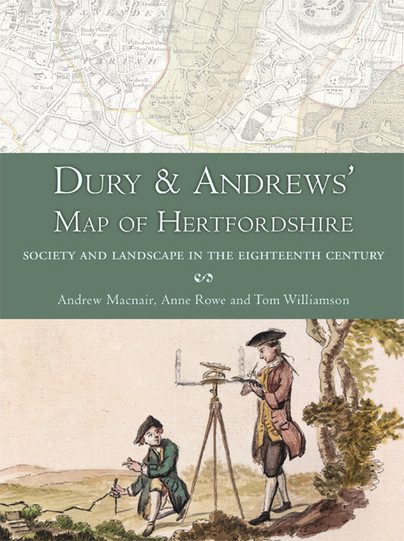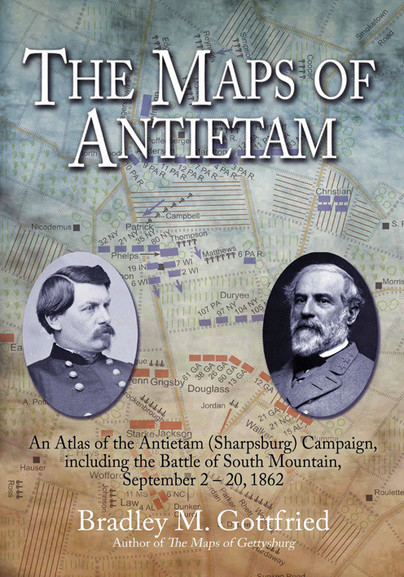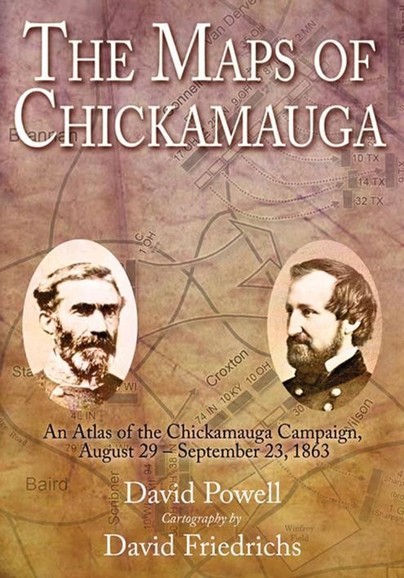The Maps of Antietam breaks down the entire operation into 21 map sets or “action-sections” enriched with 124 full-colour original full-page maps. These spectacular cartographic creations bore down to the regimental and battery level and include the march into Maryland, the Harpers Ferry Operation, the Battle of South Mountain, the battle at Antietam, the retreat, and the fighting at Shepherdstown, as well as important marches and events. Each “action-section” is accompanied by as many as ten maps, and opposite each map is a full facing page of detailed, footnoted text describing the units, personalities, movements, and combat, including quotes from eyewitnesses, making the story of Lee’s raid into Maryland come alive.
This original presentation masterfully leads readers on a journey through the campaign that many historians believe marked the beginning of the end for the Confederacy. Gottfried begins with the position of the opposing armies after the Second Bull Run Campaign before detailing their joint movements into Maryland. Readers will stand with D. H. Hill atop South Mountain as General McClellan tries to force his way through the mountain passes; surround, lay siege to, and capture Harpers Ferry (and ride with Col. Benjamin Davis’s cavalry on its breakout); fight blow-by-blow outside the small town of Sharpsburg (53 maps) through the bloodiest day in American history; retreat from the battlefield; and revisit the final bloodshed spilled at Shepherdstown.Perfect for the easy chair or for walking hallowed ground, The Maps of Antietam is a seminal work that, like Gottfried’s earlier Gettysburg and First Bull Run studies, belongs on the bookshelf of every serious and casual student of the Civil War.


